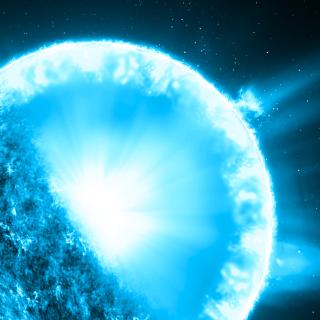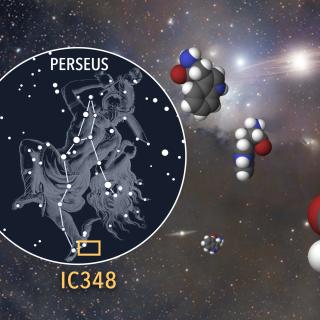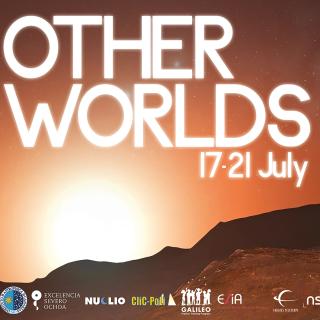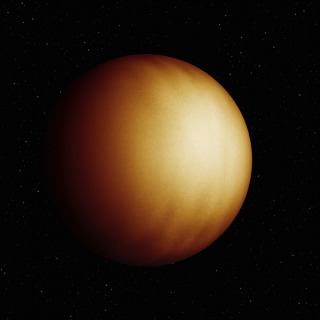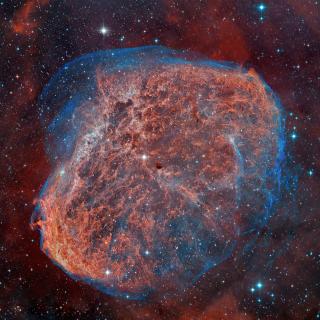
H II regions are ionized nebulae associated with the formation of massive stars. They exhibit a wealth of emission lines in their spectra that form the basis for estimation of chemical composition. The amount of heavy chemical elements is essential to the understanding of important phenomena such as nucleosynthesis, star formation and chemical evolution of galaxies. For over 80 years, however, a discrepancy exists of a factor of around two between heavy-element abundances (the so-called metallicity) derived from the two main kinds of emission lines that can be measured in nebular spectra
Advertised on
